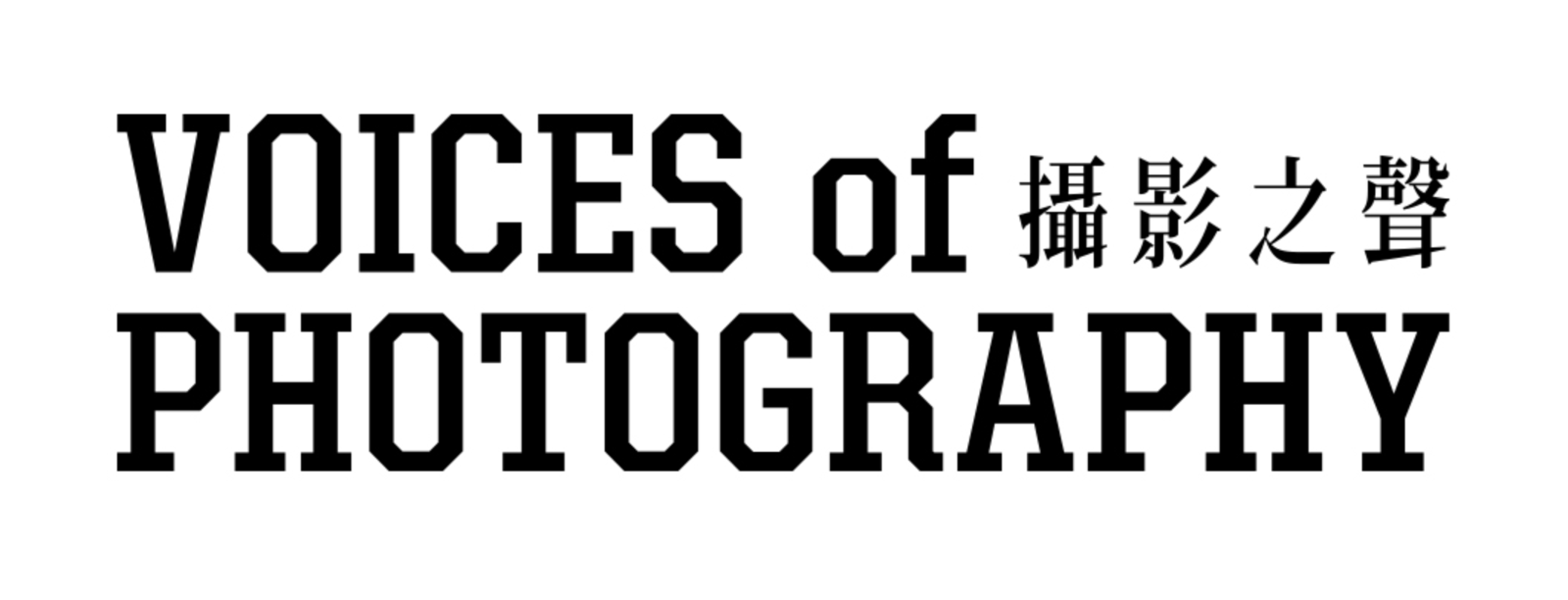VOP 35:AI生成術──世界作為數據 AI Generation: The World as Data
NT$460.00

Voices of Photography 攝影之聲
VOP Issue 35:AI生成術──世界作為數據
AI Generation: The World as Data
全球對「生成式AI」技術的狂熱方興未艾。媒介理論家維蘭.弗盧瑟(Vilém Flusser)在上世紀曾預見新興社會結構愈發像是一個大腦,而技術圖像作為「全球神經系統的分泌物──即對超級大腦的夢想」已然浮現,並構成了全面自動控制的條件。然而,就在迎接「後攝影」時代到臨之前,世界仍面臨難題。借鑑弗盧瑟所言,人們尚未達到令AI能讓人類真正自由創造的階段,我們反而仍被相對原始的AI控制;我們還未能適當地理解AI,因此也無法妥善地設置AI。而這構成了我們在此的思索與挑戰。
本期專訪並介紹多位藝術家和他們的藝術實踐。透過自行建構數據系統,崔佛.帕格倫(Trevor Paglen)介入機器如何「觀看」的程序,考察視覺技術的內在政治與AI演算的認知盲域,以及人類日常被量化的不可見性。諾拉.愛爾—包崔(Nora Al-Badri)關注當前機器學習的黑箱操作與掠奪,伊拉克裔的她逕自攫取(因申請遭拒)那些大量蒐羅當地巴比倫物質文化遺產的多間博物館的線上館藏資料,由此訓練神經網絡系統來生成新的數位「文物」,揭示博物館的帝國主義侵佔史以及仍舊持續的檔案霸權。而作為對現行AI數據庫高效擷取/判讀的反思,安娜.瑞德勒(Anna Ridler)選擇經由田野採集和繁複的手工分類建檔,創設自己專屬的數據集來生成影像,顯現「數據」與實體世界之間極為密切卻受隱蔽的關聯。安晙(Ahn Jun)質問AI的「自我」意識與形像建構,嘗試突破圖像生成器中被封鎖的提示指令,迫使AI對自身的存有問題進行視覺回應──一具具削瘦的背影、詭異的自畫像與綺麗的不明房間。
在本期收錄的專文中,希朵.史戴爾(Hito Steyerl)析論由機器學習生成的影像何以是將世界多樣性與價值差異予以簡化壓縮和平均化的數據民粹產物──她稱之為「mean image」──一種「均值/惡劣的影像」,而「人工智慧」則實際上是對外包的「工人智慧」勞動力的新型態剝削。許煜思辨近期由ChatGPT所引發關於人類終將被自動化機器取代之論,主張建立AI技術對人的輔助解放而非敵對競爭的人機關係,中止將機器擬人化和神秘化的想像,以消弭此一自我實現的末日預言。喬安娜.澤琳斯卡(Joanna Zylinska)則以後人類觀點提出應打破人與機器的明確分界,將機器的「創造力」重新校正為人類創造力所具有的計算性質,同時警示現今由科技產業巨頭大力資助推動的AI藝術風潮,最終是為新自由主義服務的一種表現。
同為機器中介影像,回顧1820年代首張攝影影像的誕生,那模糊如夢的窗景畫面也與AI生成影像有相似之趣。許鈞宜探索往返於光化學機械複製與數位圖像算繪、照片庫與數據集之間的歷史通道,顯映出將人類排除在外、深植於機器影像自動生產中的無人夢境。張世倫探討近年蔚為風潮的古寫真後製上色,論證影像的色彩政治與現實幻象,以及懷舊情調裡所隱含受壓抑的歷史情結。而Artist’s Showcase單元則呈現三保谷將史(Masashi Mihotani)的作品,在消費性影像的再生產之中,濃縮當代社會的顯微風景。
本期出版之際,《攝影之聲》也正式度過第十二周年。面對飛速生成的世界,我們更珍惜所有慢慢想、慢慢做、慢慢讀的時刻與空間,在此特別感謝親愛的讀者。
The global interest in “Generative AI” technology is on the rise with no signs of slowing down. Media theorist Vilém Flusser foresaw in the last century that the structure of the emerging society would increasingly resemble that of a brain, and the technological images, as “the secretion of the global nervous system, the dreaming of a superbrain”, have now come into fruition, fulfilling the conditions for a cybernetical control of the global brain. However, at this juncture when the world is welcoming the era of ‘post-photography’, there remain questions. Borrowing from Flusser’s vision, human beings have yet to reach the stage where they are able to fully and truly create with AI. Instead, we are controlled by a relatively primitive version of AI that has not been properly understood, and therefore not properly installed. This constitutes our contemplation and challenge here.
This issue features interviews with various artists and a look at their practices. Trevor Paglen intercepts the process by which machines ‘sees’ through a self-constructed data system, and examines the inherent politics of visual technology and the cognitive blind fields with regard to AI algorithms, as well as the invisibility of our everyday lives that has been readily quantified. Nora Al-Badri turns her attention to the black box operation and invasive nature of machine learning. With Iraqi background, she generated new digital ‘artifacts’ using materials she scrapped online (as her formal application was rejected) from the local Babylonian tangible cultural heritage collection hosted by various museums as training data for the neural network, hence becoming in itself a display of plundering throughout the history of imperialism and the ongoing archival hegemony. As a reflection on the efficient data extraction and interpretation by existing AI databases, Anna Ridler chooses to generate imagery using her own dataset that she created through complex ways of data gathering and archiving as a demonstration of the close-knit yet concealed relationship between ‘data’ and the world. Ahn Jun questions the AI’s ‘self’ consciousness and image construction, and tries to break through to the blocked prompts in the image generator, thus forcing the AI to respond to its inherent problems in the form of visuals: the rear view of thin bodies, bizarre self-portraits and beautiful rooms unknown to any.
In this issue’s featured articles, Hito Steyerl’s analysis suggests that imagery generated from machine learning is but a product of data populism, or a ‘mean image’ as she coins it, that simplifies, compresses and averages out the diversity and value differences that the world offers, while ‘artificial intelligence’ is in reality a new form of exploitation, targeting the ‘workers intelligence’ of the people to whom the work is outsourced. Hui Yuk reflects on the debate that humans would be replaced by automation, fueled by the recent rise of ChatGPT, and advocates for a human-machine relationship in which AI technology assists and liberates humans rather than engaging in adversarial competition, thereby putting a stop to the tendency to anthropomorphize or mystify the machines, and hence dismiss the self-fulfilling eschatology prophecy. Joanna Zylinska takes on the post-human perspective and proposes breaking down the clear distinction between humans and machines, calling for a recalibration of machine ‘creativity’ into the computational nature of human creativity. At the same time, she warns that the current AI art wave heavily funded by the tech giants is but a manifestation that is in service of neoliberalism.
As machine mediated images, looking back at the birth of the first photographic image in the 1820s, that blurry, dream-like window scene creates a similar interest that we see today with AI-generated imagery. Hsu Chun-Yi explores the historical passage between photochemical mechanical reproduction and digital image rendering, photo libraries and datasets, revealing a dream that is void of humans and deeply embedded in the automatic production of machine imagery. Chang Shih-Lun discusses the politics of colors in imagery and the illusion of reality, and the repressed historical complex that is hidden in the mood for nostalgia through the colorization of old photos that has become a trend in recent years. This issue’s ‘Artist’s Showcase’ shines the spotlight on Masashi Mihotani’s work, which are microscopic images of contemporary society through the reproduction of consumer imagery.
Finally, this issue also coincides with the 12th anniversary of Voices of Photography. The world around us is changing ever so rapidly, and this is all the more reason to cherish the time and space we have to think slowly, do slowly and read slowly. A most heartfelt thank you to all our readers.
❒ 購買多本書籍,或購書相關問題,歡迎詢問我們
❒ 訂閱《攝影之聲》雜誌
❒ 台灣讀者購買,請點這裡
❒ More books, please click here
